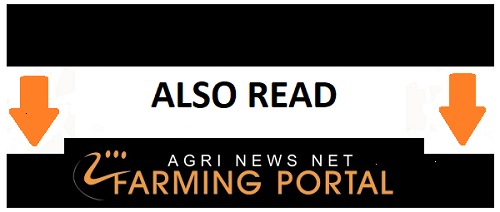The day when producers simply scan the faces of their stock on their smartphone as they walk up the crush, and have all their individual information immediately at hand, might not be far off, thanks to novel livestock facial recognition technology being developed by an Australian researcher.
For his PhD research, UNE scientist Ali Shojaeipour has created artificial intelligence that is capable of identifying individual cattle via their muzzle patterns with greater than 99 per cent accuracy.
In the same way facial recognition can unlock smartphones, the algorithm Dr Shojaeipour has written paves the way for 'touchless' identification - not only a massive production efficiency on-farm but a boon for animal welfare in that it is entirely non-invasive. Further, the technology is non-falsifiable and does away with the problems of lost tags.
Indeed, the theory is that even twin calves would have different facial features, although Dr Shojaeipour says the research is in early stages and there were many areas, including twins, that had to be investigated. Using the technology across other livestock species would also be a further step, he said.
Still, he is in the process of collaborating with companies to take his current proof-of-concept to commercial application, which all are saying could revolutionise livestock handling.
 Artificial breeding in beef cattle
Artificial breeding in beef cattle
Dr Shojaeipour is currently building a smartphone app that can identify individual cattle via the phone's camera.
The research was complex - and involved extensive data collection that certainly put the scientists in the field.
"We used images of 300 head, mostly Angus, Hereford and Simmental and crossbred feedlot cattle," Dr Shojaeipour explained.
"I had to rope many colleagues, and even my wife, in to help collect that data. The first step in using AI (artificial information) in any application is a large data set on hand and that will be the big part of taking this work to new species."
As a result, life-size images of cattle faces adorn the walls of his workspace.
The software first detects cattle muzzles, and then uniquely identifies the animal using its muzzle pattern. The process then enables biometric identification of different cattle, capable of continually adapting and as new cattle are entered onto the database.
Getting the technology to work with moving cattle, with dirt and other distractions, will require substantial work but Dr Shojaeipour believes it is possible.















